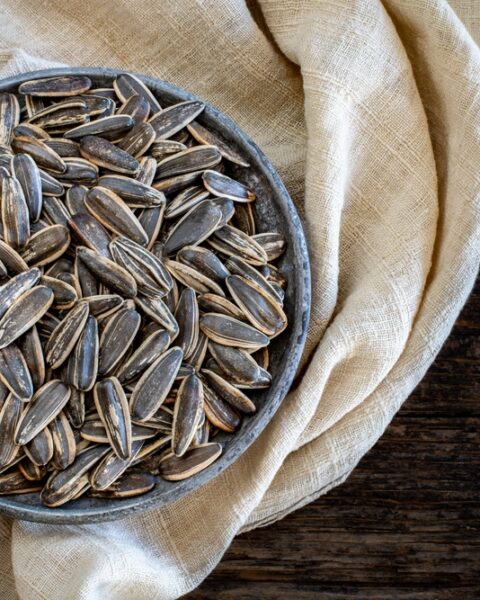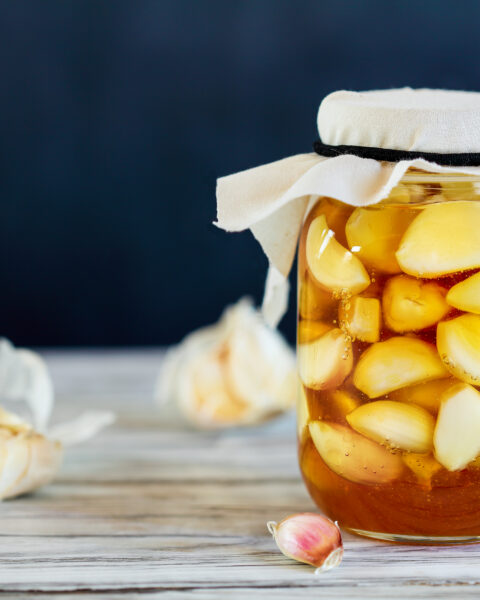Rice is a staple ingredient that varies greatly across different cuisines, each type bringing its unique texture, flavor, and characteristics to the table. Whether you’re crafting a creamy risotto or a fragrant biryani, choosing the right rice can make or break your dish. However, not all rice types suit every cuisine, and picking the wrong one can lead to disappointing results.
Contents
- 1 Jasmine Rice (Best for Thai Cuisine)
- 2 Wild Rice (Worst for Asian Cuisine)
- 3 Arborio Rice (Best for Italian Cuisine)
- 4 Parboiled Rice (Worst for Italian Cuisine)
- 5 Basmati Rice (Best for Indian Cuisine)
- 6 Calrose Rice (Worst for Paella)
- 7 Sushi Rice (Best for Japanese Cuisine)
- 8 Long-Grain White Rice (Best for Mexican Cuisine)
- 9 Sticky Rice (Best for Southeast Asian Cuisine)
- 10 Brown Rice (Best for Health-Conscious Dishes)
- 11 More From RetailShout
- 12 13 Exciting New Trader Joe’s Products to Pick Up in November
- 13 Aldi`s 15 Best Frozen Desserts You Need in Your Freezer
Jasmine Rice (Best for Thai Cuisine)
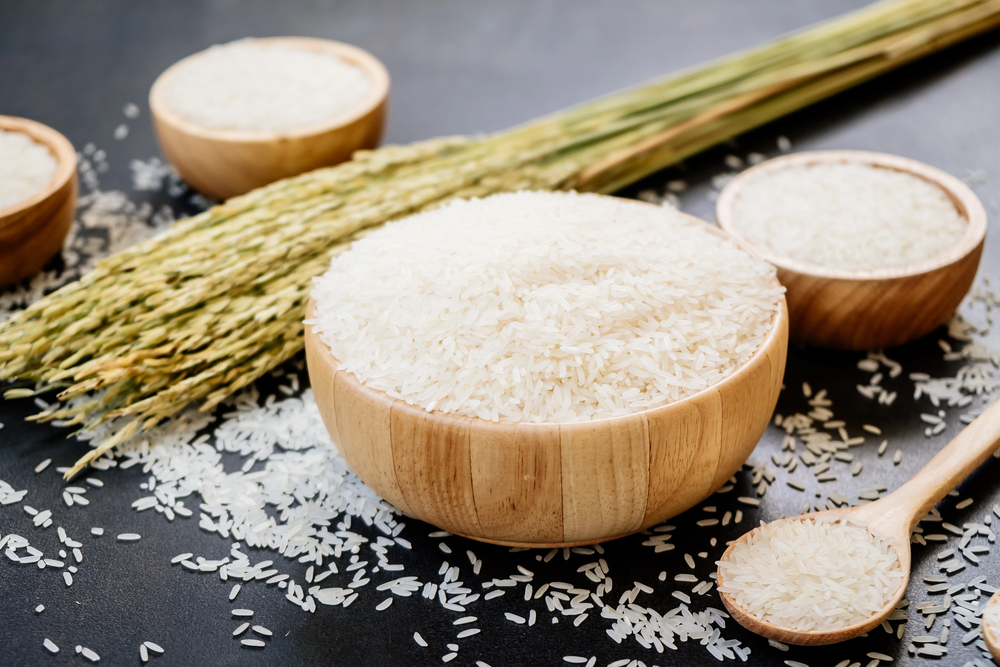
Jasmine rice is a long-grain variety known for its floral aroma and soft, sticky texture when cooked. It pairs perfectly with Thai dishes like green curry and pad kra pao, where its subtle fragrance enhances the overall flavor profile. The slightly sticky nature of jasmine rice makes it ideal for scooping up sauces and gravies. This rice is a staple in Thai cuisine and is unmatched in bringing authenticity to the table.
Wild Rice (Worst for Asian Cuisine)

Wild rice, although nutritious and flavorful, is not the best choice for most Asian dishes. Its firm texture and strong, nutty flavor can overpower the delicate balance of flavors typically found in Asian cuisine. Wild rice doesn’t absorb sauces as effectively as other rice types, which can leave dishes feeling disjointed. It’s better suited to salads or as a side dish in Western cuisine rather than as a staple in Asian cooking.
Arborio Rice (Best for Italian Cuisine)
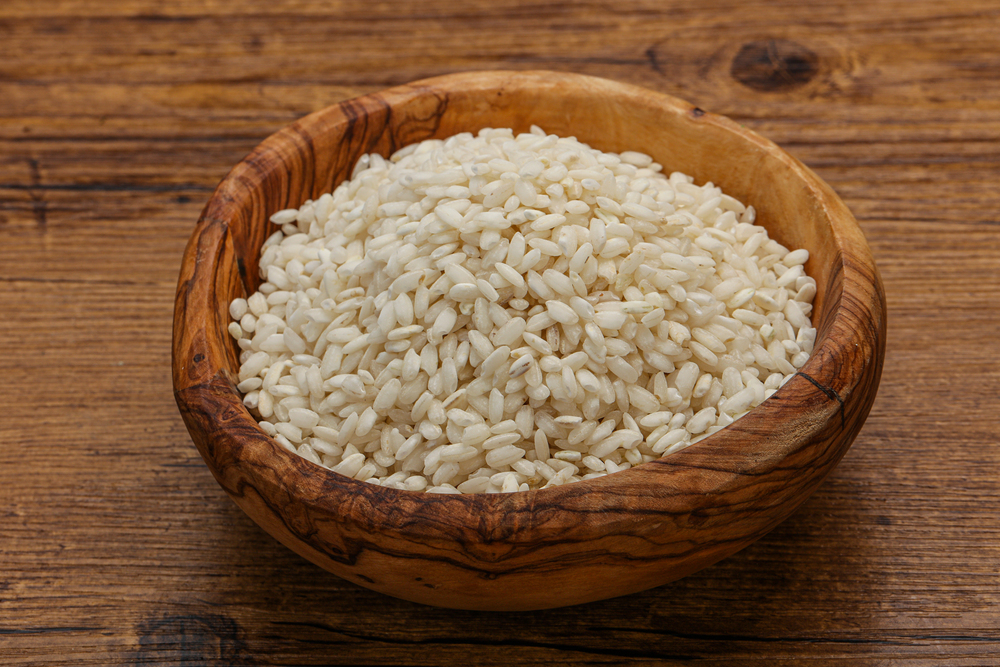
Arborio rice is the go-to choice for Italian dishes, particularly risotto. This short-grain rice is high in amylopectin, a starch that gives risotto its signature creamy texture. As it cooks, Arborio rice absorbs flavors from the broth while releasing its starch, resulting in a dish that’s both rich and comforting. Its unique characteristics make it indispensable in achieving the perfect risotto.
Parboiled Rice (Worst for Italian Cuisine)

Parboiled rice, while practical for many quick meals, doesn’t work well in Italian dishes like risotto or arancini. Its partially cooked nature prevents it from releasing enough starch during cooking, which is essential for achieving the creamy consistency risotto is known for. Additionally, the firm texture of parboiled rice doesn’t blend well with the tender, melt-in-your-mouth quality that Italian dishes often strive for. It’s better suited for recipes that require separate, non-sticky grains.
Basmati Rice (Best for Indian Cuisine)
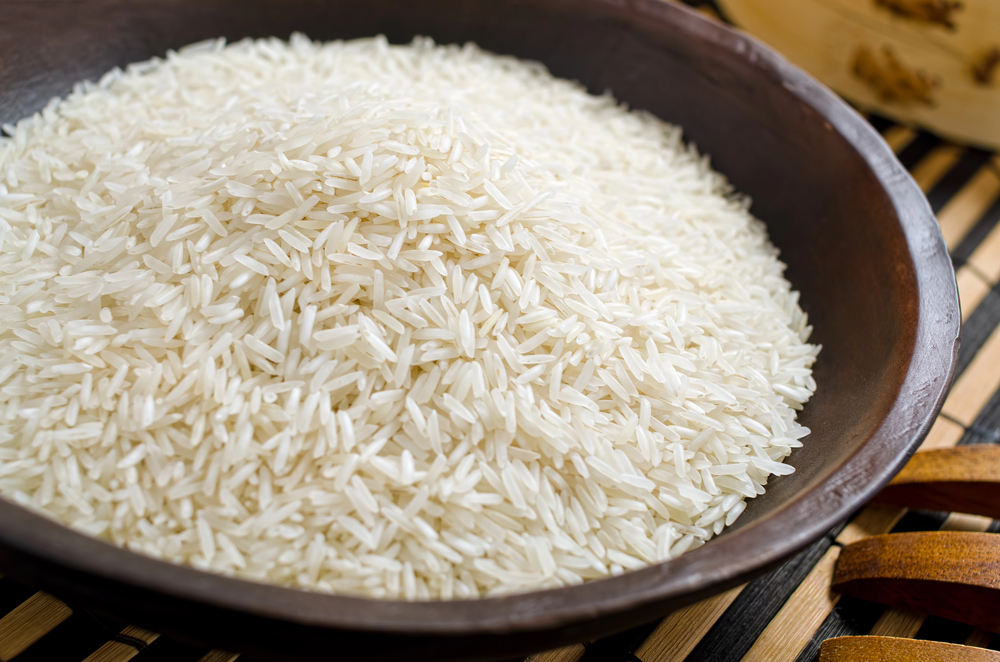
Basmati rice is a long-grain variety prized for its aromatic flavor and fluffy texture, making it ideal for Indian dishes like biryani and pilaf. When cooked, basmati rice grains remain separate, providing a light and airy base that complements the bold spices of Indian cuisine. Its distinct aroma and nutty flavor elevate traditional dishes, making it the preferred choice for many Indian meals.
Calrose Rice (Worst for Paella)
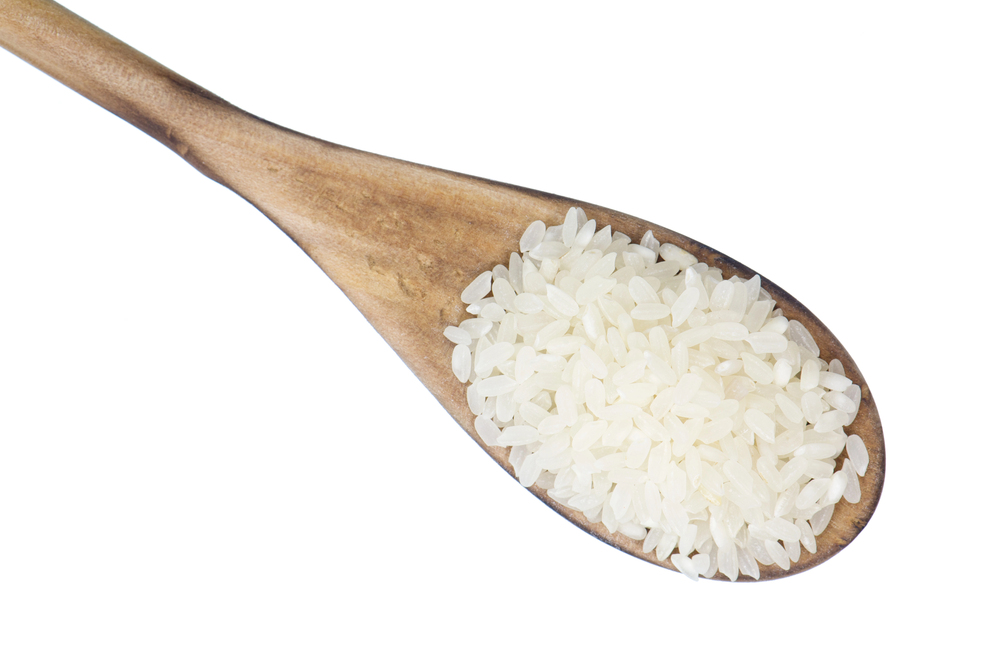
Calrose rice, a medium-grain variety commonly found in American supermarkets, is not well-suited for making paella. Its higher starch content leads to a texture that’s too sticky and clumpy for this classic Spanish dish, which requires rice to remain separate and slightly firm. The authentic texture and flavor of paella are best achieved with Bomba or another traditional short-grain Spanish rice. Using Calrose rice can result in a dish that lacks the desired consistency and authenticity.
Sushi Rice (Best for Japanese Cuisine)
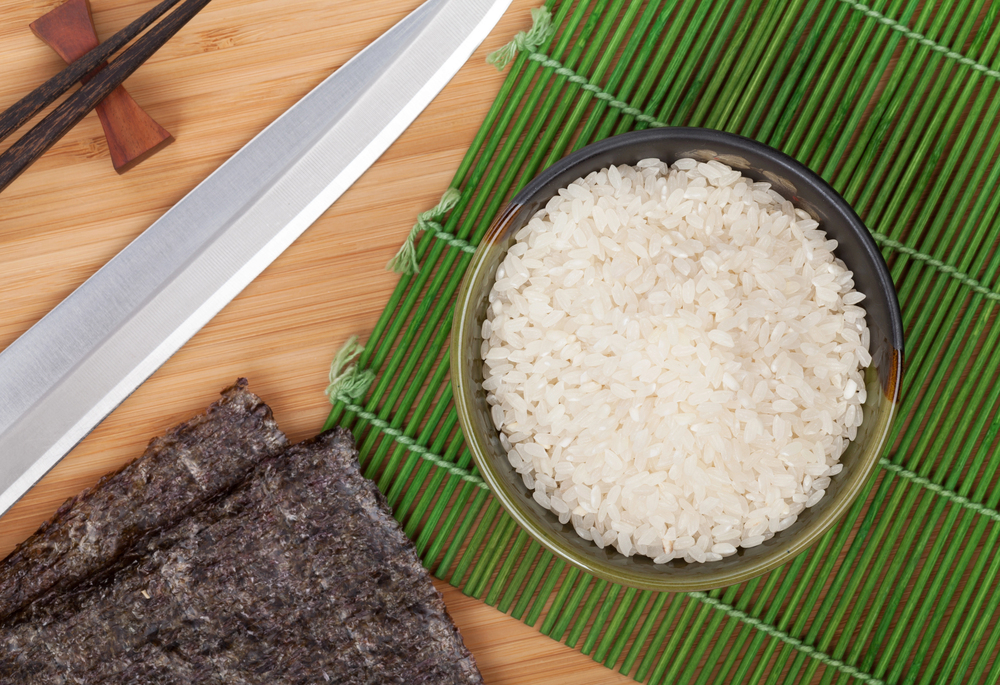
Sushi rice, also known as shari or sumeshi, is a short-grain rice that becomes sticky when cooked, which is essential for holding sushi rolls together. The slightly sweet and tangy flavor, achieved by seasoning the rice with vinegar, sugar, and salt, makes it the perfect canvas for fresh seafood and vegetables. Its sticky texture is crucial for forming sushi, nigiri, and onigiri, making it a must-have for Japanese cuisine.
Long-Grain White Rice (Best for Mexican Cuisine)
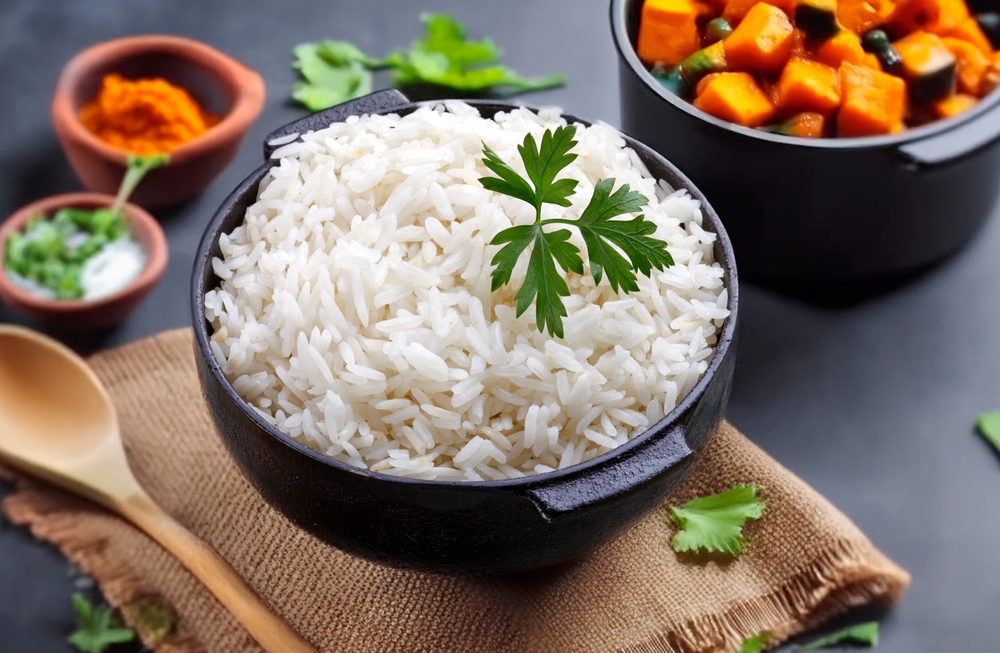
Long-grain white rice is a versatile option that works beautifully in Mexican cuisine, particularly in dishes like arroz rojo (Mexican red rice) or arroz con pollo. Its light, fluffy texture allows it to absorb flavors from spices and broths without becoming sticky. The neutral flavor of long-grain white rice makes it a perfect base for the bold and vibrant tastes of Mexican food. It’s a reliable choice that complements the hearty ingredients typical of this cuisine.
Sticky Rice (Best for Southeast Asian Cuisine)
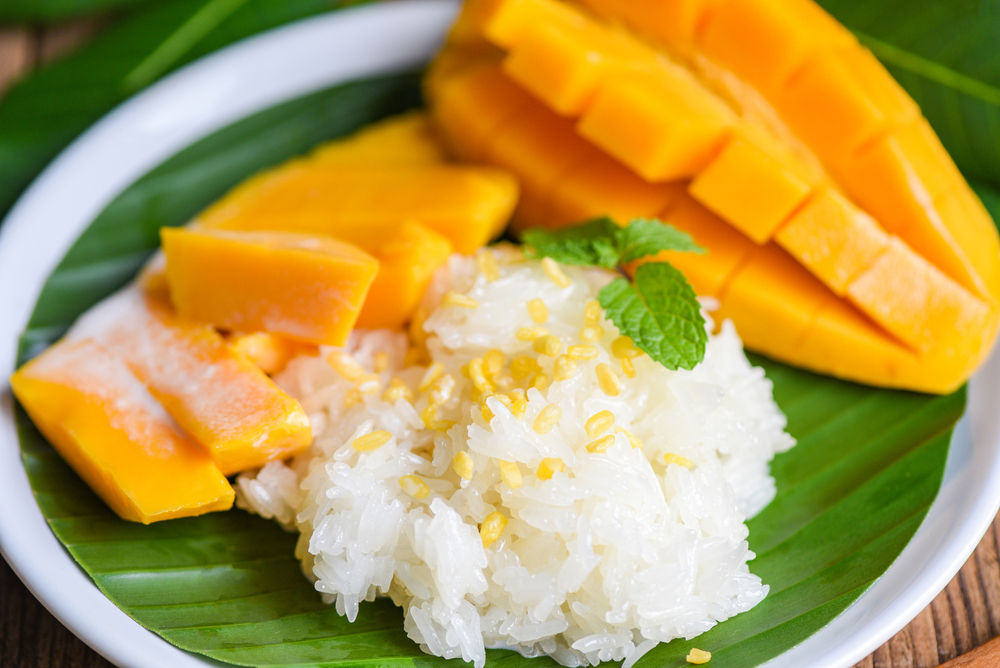
Sticky rice, also known as glutinous rice, is a staple in many Southeast Asian dishes, particularly in Laos and northern Thailand. Its unique, sticky texture makes it perfect for eating with the hands, as is customary in these regions. Sticky rice is often paired with savory dishes or used in desserts like mango sticky rice. Its ability to form a cohesive ball makes it indispensable in traditional Southeast Asian cuisine.
Brown Rice (Best for Health-Conscious Dishes)
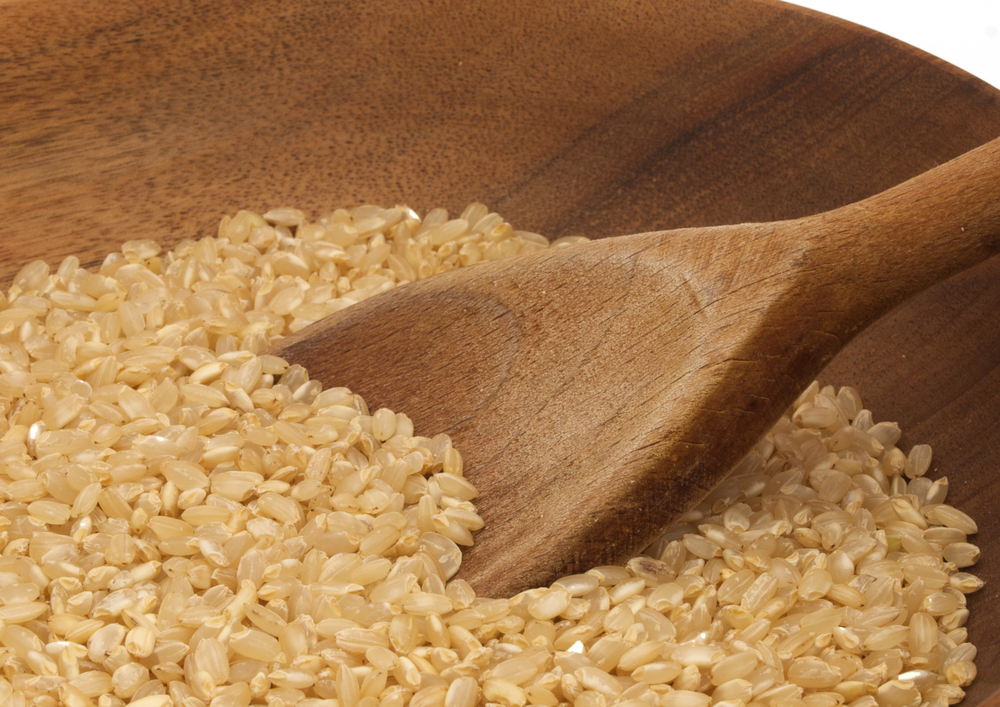
Brown rice is a whole grain option that retains its bran and germ, making it a nutritious choice for health-conscious meals. Its chewy texture and nutty flavor work well in dishes that benefit from a heartier grain, such as Buddha bowls or vegetarian stir-fries. Brown rice is also a great substitute in recipes that traditionally use white rice, offering a more robust flavor and added fiber. It’s a versatile grain that can be adapted to various cuisines while enhancing nutritional value.
This article originally appeared on RetailShout.
More From RetailShout
22 Walmart Black Friday Deals Perfect for Gift Giving

Black Friday is the perfect time to snag amazing deals, especially when it comes to gift shopping. Walmart’s lineup this year is packed with incredible finds that are not just practical but also thoughtful for everyone on your list. Read More.
13 Exciting New Trader Joe’s Products to Pick Up in November
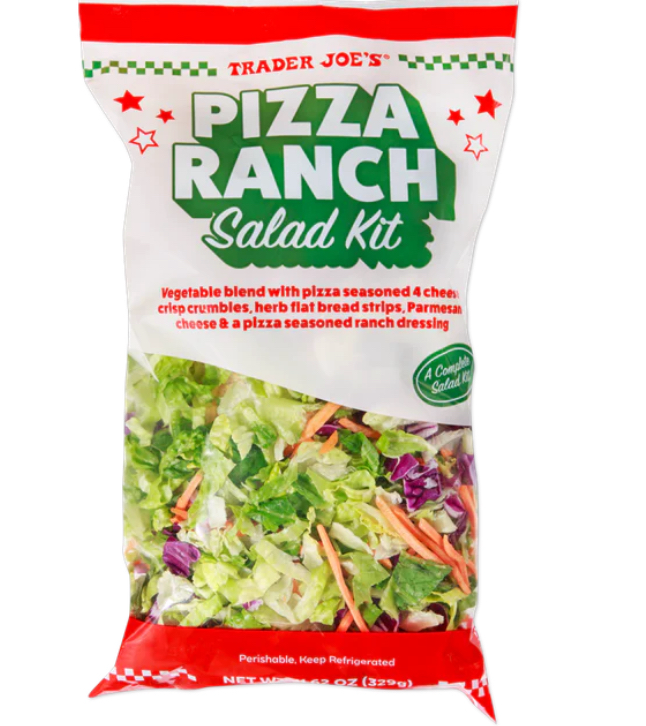
Trader Joe’s never fails to deliver unique, flavorful offerings, and November’s lineup is no exception. This month, the beloved grocery store has introduced a range of mouthwatering products perfect for fall feasting and holiday preparations. With so many exciting new products, Trader Joe’s has once again proven its ability to delight food lovers. Read More.
Aldi`s 15 Best Frozen Desserts You Need in Your Freezer

Aldi is known for offering a great variety of delicious and affordable foods, and their frozen dessert section is no exception. Whether you’re craving something fruity, chocolatey, or creamy, Aldi has plenty of frozen treats that are perfect to keep stocked in your freezer. Read More.



